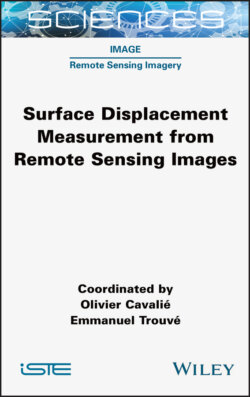Читать книгу Surface Displacement Measurement from Remote Sensing Images - Olivier Cavalie - Страница 16
1.2. Past and on-going SAR missions
ОглавлениеThis section presents spaceborne missions that have been used or are used to compute displacement fields by interferometric processing. Some peculiarities or issues are pointed out to help the reader understand them. This is thus not an exhaustive list of SAR space missions. Note that the Magellan mission began to map Venus in September 1990 with an SAR instrument, but its topography was computed using a radargrammetry technique, combining two images from either the same side or from opposite sides: this is rather far from the topic of this book, and thus this very successful mission will not be further detailed here. We must note that most of these missions were organized and designed before the interferometric technique emerged, around the beginning of the 1990s. Thus, certain constraints, such as orbit housekeeping, yaw steering and burst synchronization for ScanSAR modes, were sometimes not taken into account in the designs of the spacecraft or payload.
After a series of C-band and L-band satellites at medium resolution in the 1990s, a new generation of SAR satellites operating in the X-band arrived in Europe at the national level (Germany, Italy, Spain) from mid-2007 onwards: although targeting different goals, they all had significantly improved resolutions and repeat pass capacities, which gave them serious advantages when focusing on localized areas.
With small satellite missions, such as ICEYE, interferometry is usually possible with a short time period: maintaining a small orbital tube is too expensive for the length of the mission and archives on large scales are out of scope; however, such constellations can gather significant data over cities and PS techniques can be considered. NovaSAR is not addressed here, as it is a single satellite on a short-term mission with limited applications for interferometry. Some Chinese and Indian missions are also not addressed due to the limited availability of the datasets. Finally, a significant improvement in interferometric abilities and coverage arrived with missions such as Sentinel-1 and ALOS-2.
